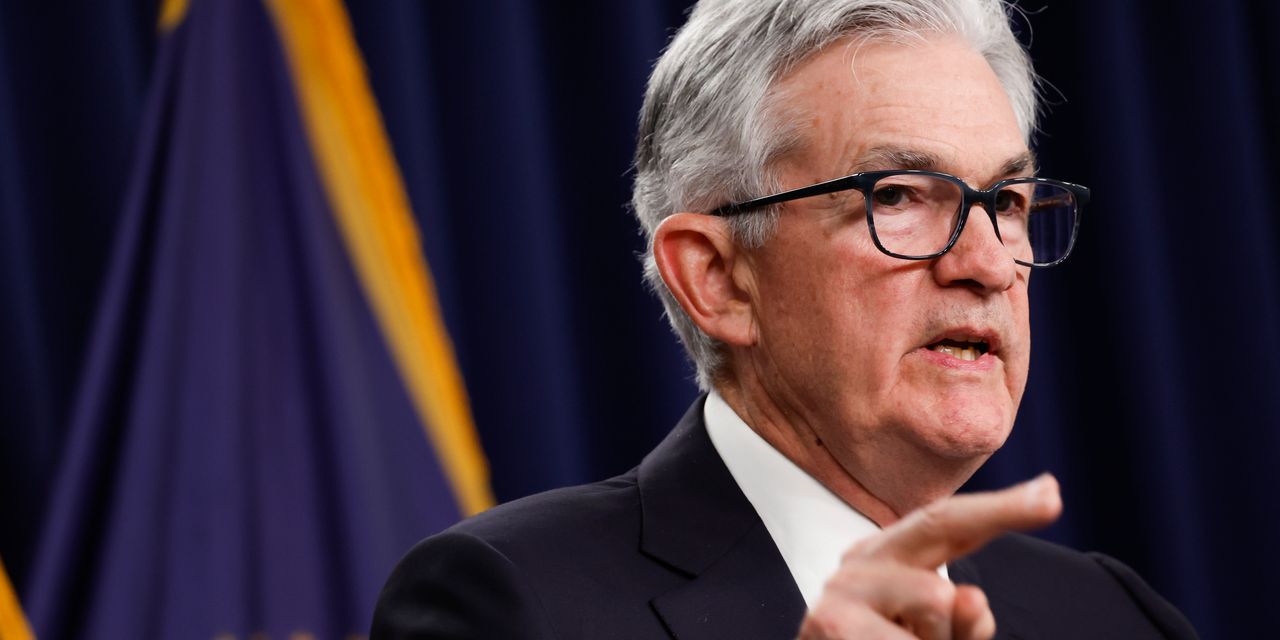Bonds are having a moment. With the Federal Reserve expected to be at the end of its interest-rate hiking cycle, investors are reassessing the fixed-income market—and looking to high-quality bonds with intermediate maturities as the best bet for stable income.
Investment-grade corporate bonds are now yielding around 5%, up from about 2.8% two years ago. Such plump yields cushion bonds against the possibility of negative total returns if the pundits are wrong and the Fed keeps tightening.
In fact, bond pros think the total return potential for bonds this year exceeds that of stocks. For fixed-income investors, that would be a welcome change from last year, when U.S. bonds lost a dismal 13% on a total return basis.
“Now that we’ve gone through the dark tunnel, we’re seeing the end—and it’s sunny outside,” says Benoit Anne, lead strategist of the investment solutions group at MFS Investment Management. “The stars have aligned now for fixed income to do quite well in the period ahead.”
In June, the Fed is expected to pause—meaning hold rates steady, after raising them at each meeting since March of last year. The bond market may be pricing in 2023 rate cuts that might not materialize, says Kristy Akullian, senior iShares strategist at BlackRock. Instead, investors could see a more typical pause playbook, with the Fed holding rates steady at least through the end of the year.
Since 1990, the Fed paused an average of 10 months between the last rate hike and the first cut of each cycle, according to a BlackRock analysis. Every time, the bond market initially rallied, then experienced volatility as the cut approached.
This climate offers an “almost generational” opportunity in fixed income, Akullian says. The potential for total return is greater now than it will be as the Fed starts to loosen. Rate cuts will boost bond prices and decrease yields, eating away at future total returns.
The sweet spot on the yield curve is between about three and seven years, unlike last year, when the short end of the curve was more attractive, Akullian says. “It’s not a bad thing to own some duration right now,” says Jack Janasiewicz, portfolio manager at Natixis Investment Managers Solutions. Shorter-maturity yields are best when inflation is hot and rates are rising rapidly.
Investors piling into three-month Treasury bills at around 5.2% should remember that’s an annualized yield, Janasiewicz says. To achieve it, you’d need to reinvest your T-bill at the same rate three more times as it matures. Given that rates may fall in the next year, he agrees with Akullian that three- to seven-year maturities are the strongest choice.
Exchange-traded funds like
iShares Core U.S. Aggregate Bond
(ticker: AGG) offer exposure to high-quality U.S. bonds in the belly of the yield curve. The average yield to maturity is 4.33%. That fund includes Treasuries; for corporate-only exposure, the
iShares iBoxx$ Investment Grade Corporate Bond
ETF (LQD) now yields 5.03%.
With junk bonds offering rates of 8% or so, it might be tempting to venture into high-yield territory. But with a possible recession—and the resulting rise in defaults—they’re risky.
As bonds outperform, cash loses some of its luster. Historical data show that cash exposures return less on average than core bond and short-term bond exposures when the Fed stops tightening, BlackRock found. From 1990 to early 2023, core bond exposures performed 4% better than cash equivalents on average when the Fed held or dropped rates, while high-quality short-term bonds performed 1.9% better than cash.
“The overweight to cash was the big story of last year,” Anne says. “But everything comes to an end.”
Write to Elizabeth O’Brien at [email protected]
Read the full article here


